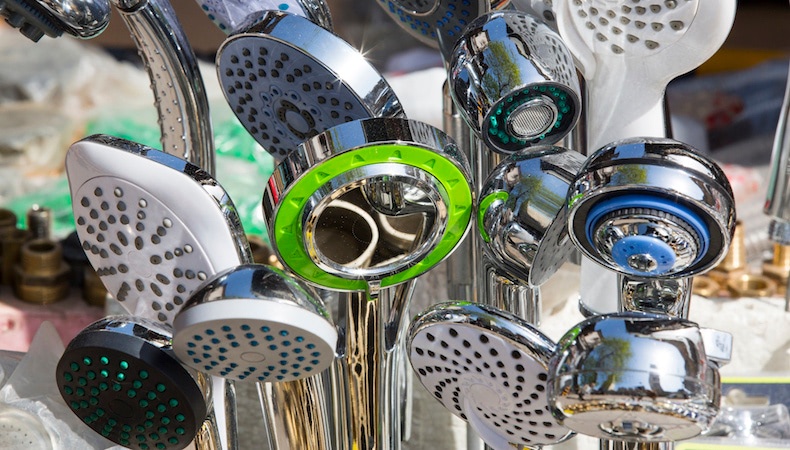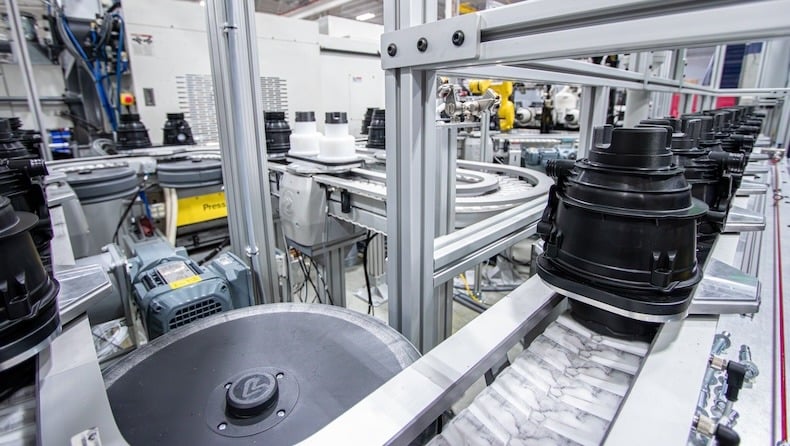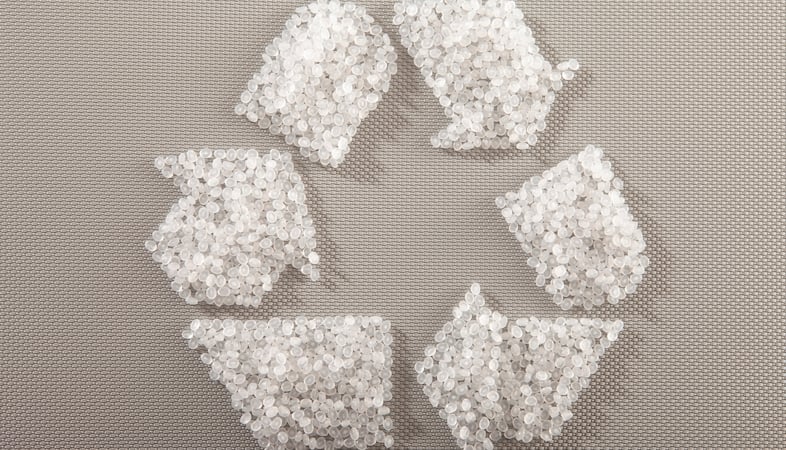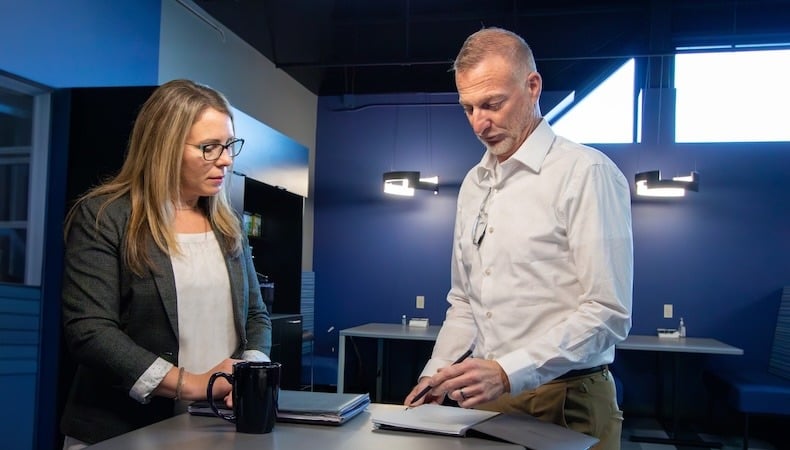Injection molding process

Converting metal parts to plastic is becoming an increasingly standard practice in a number of industries from automotive to defense and public safety. The decision to use plastic instead of metal seems like a no brainer given the many advantages like lighter weight, lower material costs, quicker manufacturing times and extended tooling life.
However, metal to plastic conversion is more than just a matter of material substitution. Beyond differences in materials composition and behaviors, there is often opportunity to re-create a multi-component metal part into a unibody plastic piece. This introduces a number of intricacies that allow for greater design freedom and optimum manufacturability. As such, the conversion is best undertaken by an experienced complex injection molder with engineers skilled and proven in Design for Manufacturability (DfM).
DfM methodically steps through each phase of metal-to-plastic conversion projects, drilling down into:
By understanding and addressing all key considerations at the project outset, DfM ensures the molding process and metal to plastic conversion solution is viable and valuable for the OEM. The DfM process:
Taken in total, the project-specific answers DfM provides optimizes the metal to plastic conversion process that, in turn, is critical to achieving desired and profitable results.
For more information on improving product quality and saving money using industrial and consumer plastics, download Metal to Plastic Conversion is the Wave of the Future. Click the button below for your free copy.


Industry 4.0 has made manufacturing more dynamic than ever before. Merging IoT, AI…
READ MORE

Injection-molded parts and products are staples for OEMs in industries ranging fro…
READ MORE

Injection molding is a versatile and precise process, making it ideal for OEMs tha…
READ MORE